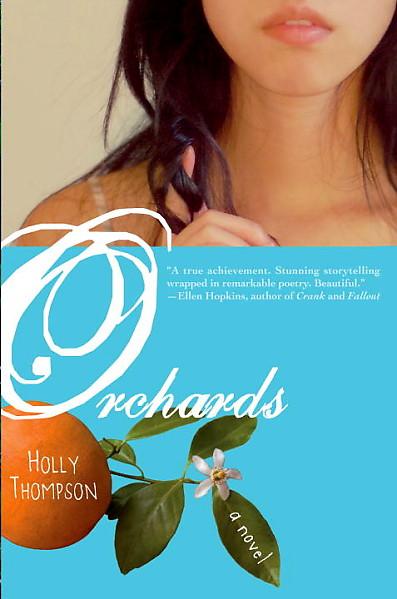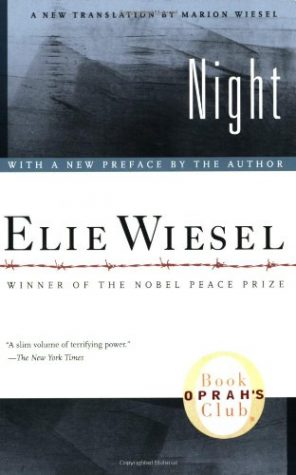Holly Thompson Returns to Nashoba
Recently, Holly Thompson, author of the book Orchards and others, such as Falling Into the Dragon’s Mouth, The Language Inside and The Wakame Gatherers, paid a visit to Nashoba. Some Freshman and Sophomore English classes went to the Media Center to participate in a free-write activity. In addition, they learned about Holly Thompson’s Orchards novel and about Japan and Japanese culture. Having participated in the activity in my English class, I can say that the environment was relaxing and the writing activity was a good balance of learning about Japanese culture and free-write.

After a writing exercise and glancing at an aspect of Japanese culture, Holly Thompson referred back to her text in the book Orchards, which my English class read in the weeks before her arrival. The activity was the perfect wrap up to this amazing book. But, I never would have realized how great the book was if I had not kept reading.
At the beginning of the book, Orchards started to turn me away. The book is written in verse. Verse is a writing style in which words and sentences are written in stanzas. I began reading the book like a poem and quickly got tired and annoyed. I wouldn’t have kept reading the book if it wasn’t assigned by my teacher, which is why I’m really glad it WAS assigned. As the story progressed, the reader understands why Holly Thompson chose to write in such a way. The teenage mind doesn’t often think in sentences. The book was connected to the thoughts of Kana, the half-Japanese half-American main character. The verses create a shorter novel and build a story focused on the themes of suicide, loss of innocence, the importance of family and more, concisely.
Furthermore, the plethora of themes woven in to such a small volume of words was ingenious. As the story progresses, Kana’s words claiming the suicide was not her fault morph into confusion as Kana’s view on Ruth’s suicide changes. She begins to think that she could have done something and that to do nothing was wrong. She learns from the family she was forced to visit in Japan the importance of family and the effect that love and support can have on a person. The way Holly expresses these experiences in her writing, short sentences, clever words and phrases built plot faster than a traditional chapter book. Also, Kana’s family’s Japanese village creates a beautiful setting for Kana to ponder her past in.
Last but not least, I found the references to Japanese culture quite interesting. In the book, Holly Thompson brings in Japanese words to the text. She describes the mikan trees of the village Kana lives in for the majority of the novel. The village is a reflection of the village Holly visited during her time in Japan. One event that took place in Orchards I remember is the carnival game that Holly showed my class more about in her presentation. In the game, players use paper nets to catch tiny orange fish from a pool. Whatever they catch, they can keep. Kana is given the job to show around a visiting cousin one day and he catches 3 fish from the game and gives them to Kana after he sees how hard Kana’s friend, Ruth’s suicide is on Kana. All in all, the book might not seem inviting but give it a chance to reveal its layers of themes and aspects of Japanese culture and you may be surprised.











